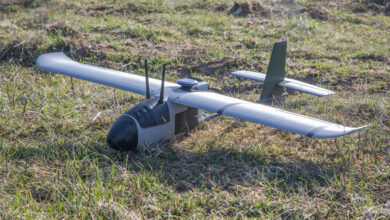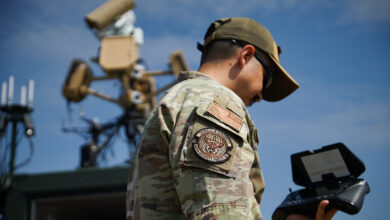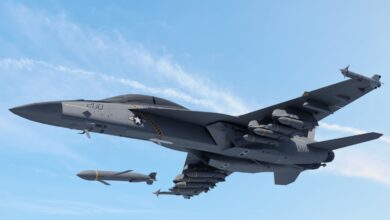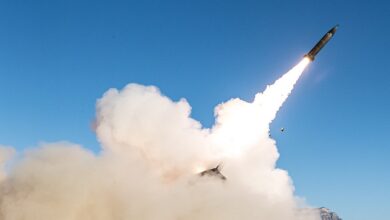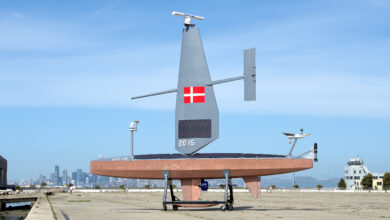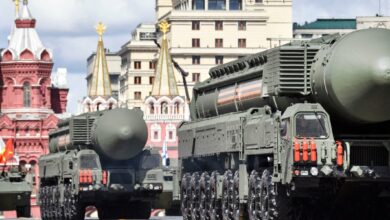The US Air Force’s Collaborative Combat Aircraft (CCA) program prototypes have been given fighter drone designations, a first in the service’s history.
Prototypes from the program’s competing contractors, General Atomics Aeronautical Systems, Inc. (GA-ASI) and Anduril, were designated the YFQ-42A and the YFQ-44A, respectively.
In the US military’s Mission Design Series, “Y” specifies the aircraft’s prototype status — which will be dropped upon entering production — followed by “F” for fighter and “Q” for unmanned aircraft.
The numbers after indicate each fighter drone’s design number, while “A” refers to the aircraft being under the first version series.
“For the first time in our history, we have a fighter designation in the YFQ-42A and YFQ-44A,” said Air Force Chief of Staff Gen. David W. Allvin.
“It may be just symbolic, but we are telling the world we are leaning into a new chapter of aerial warfare. It means collaborative combat aircraft, it means human-machine teaming. We are developing those capabilities thinking, ‘mission first.’”
Meanwhile, GA-ASI President David R. Alexander welcomed the milestone, saying the aircraft represented “an unrivaled history of capable, dependable uncrewed platforms that meet the needs of America’s warfighters and point the way to a significant new era for airpower.”
Manned-Unmanned Teaming
The CCA program aims to develop a large uncrewed aircraft to team up with crewed fighters to be their “loyal wingmen.”
It also supports the air force’s Next-Generation Air Dominance initiative to produce and acquire advanced technologies amid growing security concerns, especially against adversaries like China, which also produced its own loyal wingman fighter drone.
The future aircraft was envisioned to fly alone or in groups and perform varied missions, including air-to-air and air-to-ground combat and intelligence, surveillance, and reconnaissance, powered by a jet engine and artificial intelligence software.
Five companies, including Lockheed Martin, initially vied to develop designs, but GA-ASI and Anduril clinched the contracts.
Under Increment 1, GA-ASI based its proposed CCA on the experimental XQ-67A platform emphasizing endurance over speed and maneuverability.
Meanwhile, Anduril put forward its “Fury” multi-mission Group 5 aerial system.
Both completed the critical design reviews of their proposed solutions in November 2024, and the prototypes will undergo further testing and evaluation.





